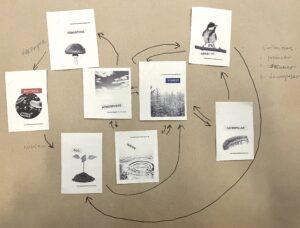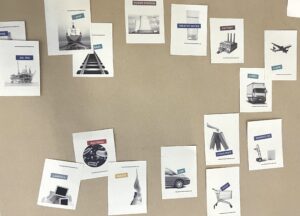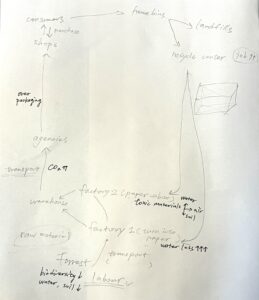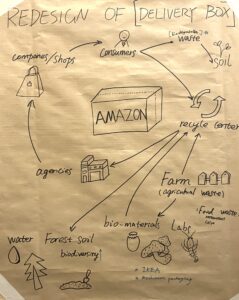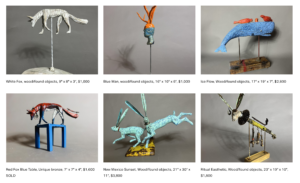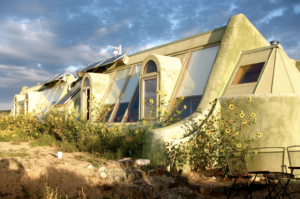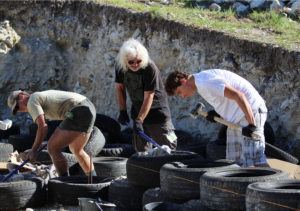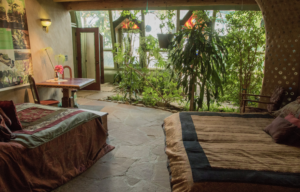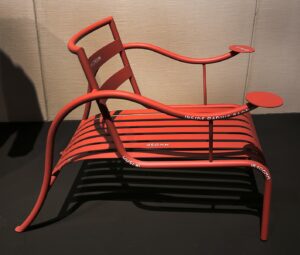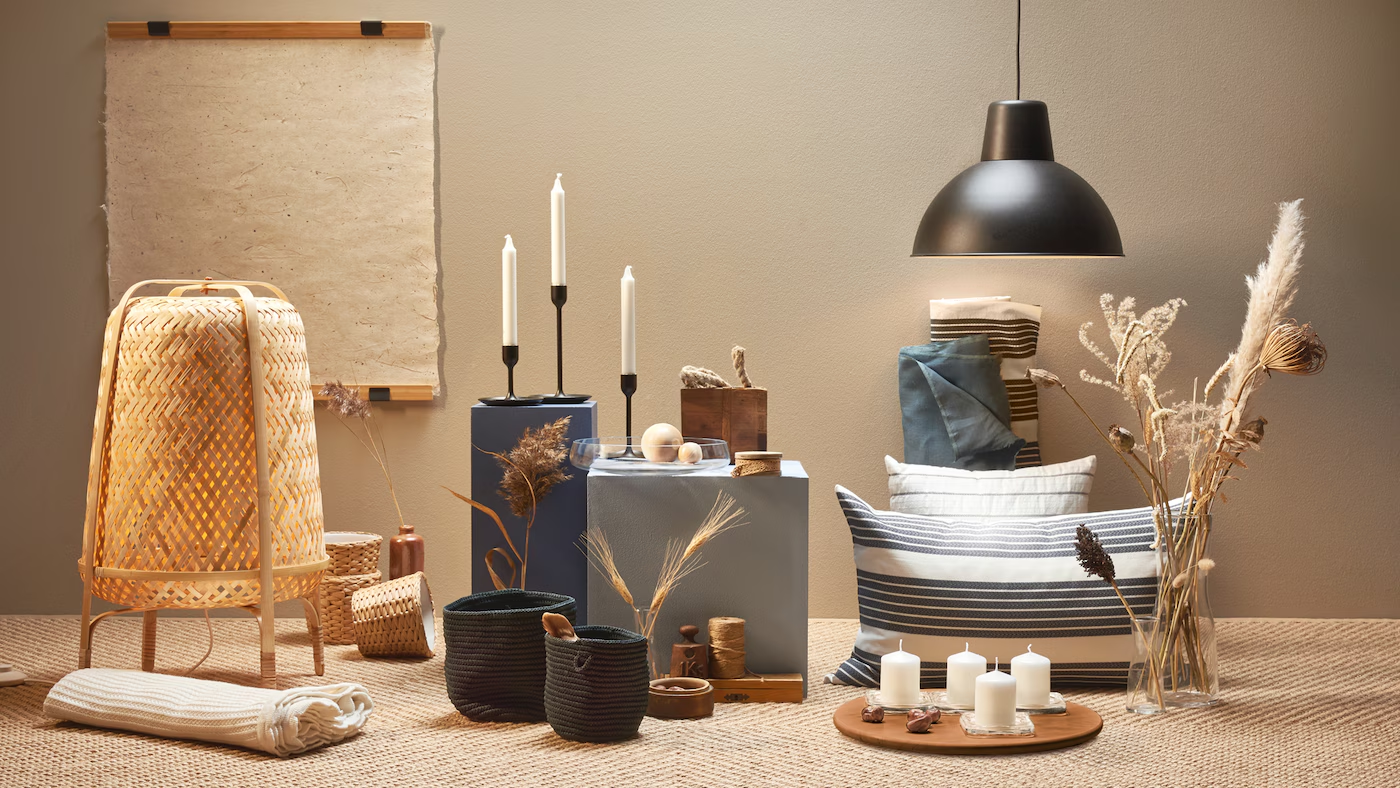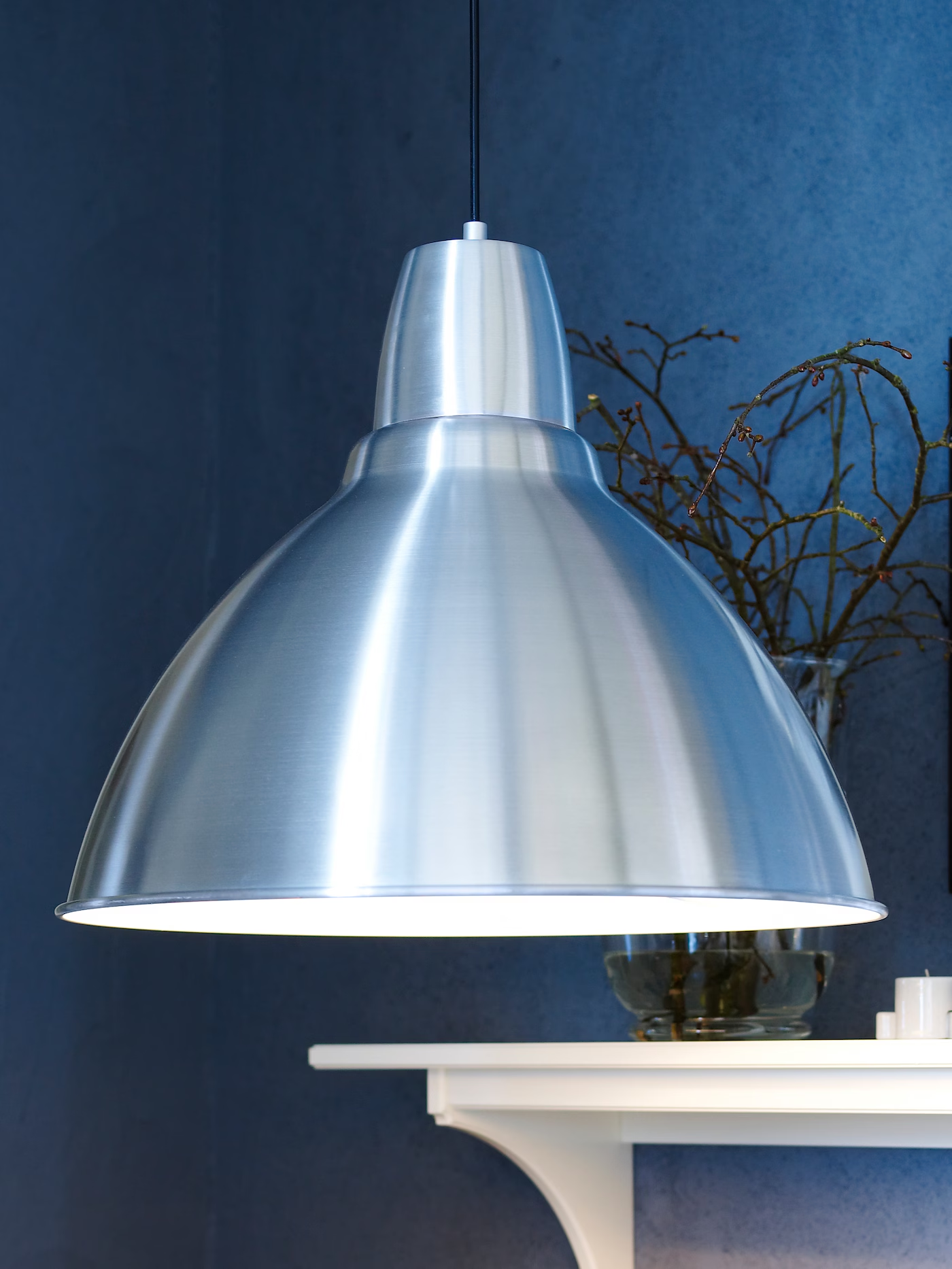WEEK7-Reshaping the View of Materials
Man, Materials, and The Planet
In this week’s lecture, we looked into the concepts of material and new materialism, which provided new perspectives for my practice. I began to see matter as a dynamic and influential subject rather than a simple passive entity, rethinking our relationship with the environment as the biggest materials producer on the planet.
I realized that as designers, we are not only creators, but also citizens, and our design choices have a profound impact on the environment. ‘A Plastic Ocean’ is a documentary that shows the impact of plastic pollution on marine ecosystems and highlights the importance of reducing plastic consumption and improving recycling systems. It’s urgent and essential to respond to the consequences we have had on our planet. The company Ecovative Design is already trying to create a new material by using mushroom mycelium to create sustainable packaging materials, replacing traditional petroleum-based plastics.
After the collapse of the Soviet Union, Cuba turned to organic farming, reducing the use of chemical fertilizers and pesticides and increasing food self-sufficiency.
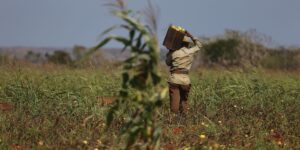
Figure 1: Agricoltura biologica a Cuba, Raedle, J, 2018
The example of Cuba, which was forced to abandon sugar monoculture and rely on organic farming to survive, shows that sustainable development is not only possible but necessary (Scuri, 2018).
Enforcing the Circular Economy or Not?
In this week’s debate, we argued about whether ‘This house (i.e. we) would enforce a circular economy.’ I was on the ‘for’ side of this topic. I argued that enforcing a circular economy is essential because it will not only do good for sustainable development, reducing waste, and also help fight climate change. Amsterdam in the Netherlands is using circular economy principles to convert urban waste into energy (Ellen MacArthur Foundation, 2024), showing the practical application of circular economy at the city level.
Additionally, as a response to the against side’s view on job losses, I argued that enforcing a circular economy can create new business models and jobs, particularly in the repair, reuse, and recycling sectors. The Ellen MacArthur Foundation reports that a circular economy could generate new economic opportunities and boost competitiveness.
Fashion design shifts towards renting or swapping clothes, reducing waste and creating new service-oriented jobs. Brands such as Patagonia promote the repair and recycling of clothing to reduce the impact of fast fashion on the environment (Marcario, 2015).
What’s interesting is when it comes to voting for support, oppose, or remain neutral, thinking this is a relatively large topic that requires more consideration on the topic, most of us choose the neutral.
bibliography
Ellen MacArthur Foundation (2024). Shaping a sharing economy: Amsterdam. [online] www.ellenmacarthurfoundation.org. Available at: https://www.ellenmacarthurfoundation.org/circular-examples/shaping-a-sharing-economy-amsterdam [Accessed 28 Oct. 2024].
Marcario, R. (2015). Repair is a Radical Act – Patagonia. [online] eu.patagonia.com. Available at: https://eu.patagonia.com/gb/en/stories/repair-is-a-radical-act/story-17637.html [Accessed 28 Oct. 2024].
Scuri, E. (2018). How organic agriculture in Cuba saved its population from hunger – LifeGate. [online] LifeGate. Available at: https://www.lifegate.com/organic-agriculture-in-cuba [Accessed 31 Oct. 2024].
Figure 1: Raedle, J. (2018). Agricoltura biologica a Cuba. Getty Images. Available at: https://www.lifegate.com/organic-agriculture-in-cuba [Accessed 31 Oct. 2024].
